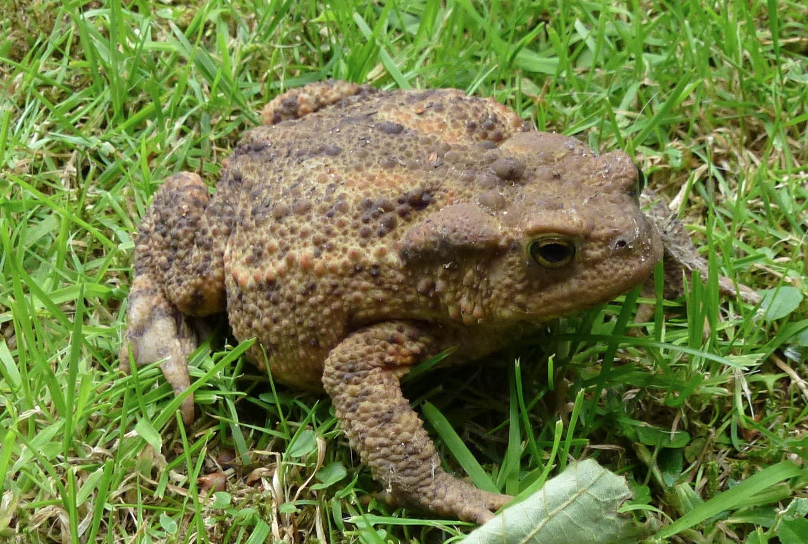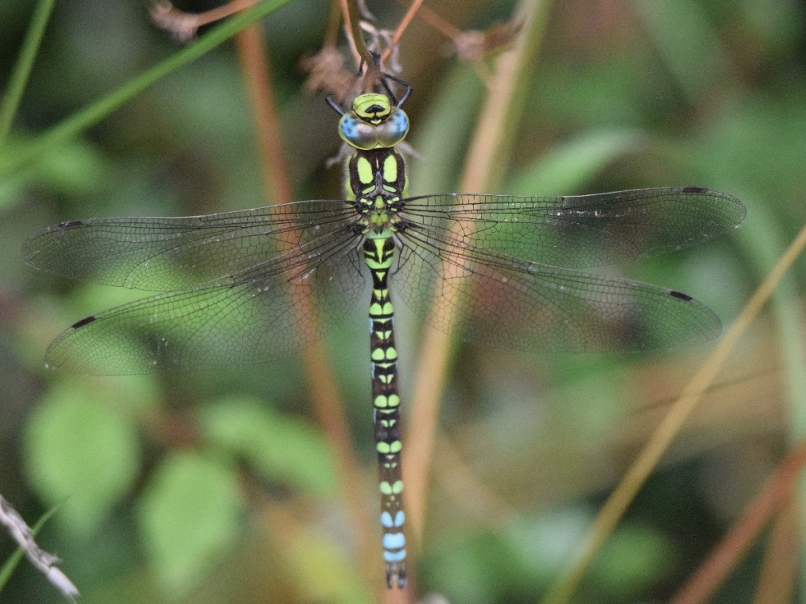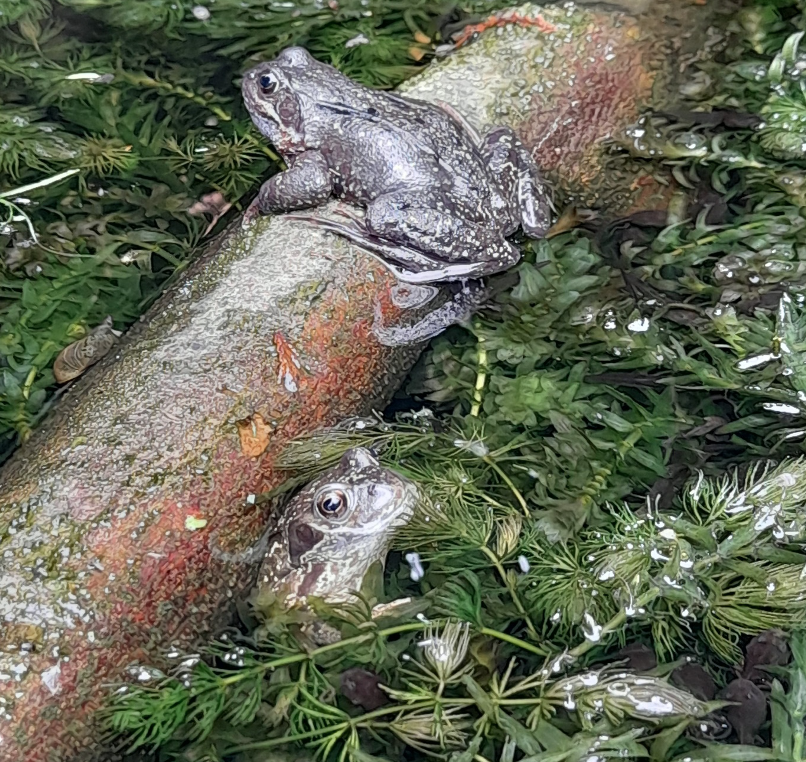Pond Life - how to create a wildlife pond - by local resident Phil Johnston-Smith
My favourite project at primary school was writing a 20-page booklet about the strange and varied creatures that could be discovered in my local ponds. Forty-plus years later and my fascination with gazing into wildlife ponds hasn’t declined. Sadly, however, the same cannot be said for the population numbers of many of the species that captured my schoolboy imagination all those years ago. Globally there has been an average 68% decline of monitored vertebrate population sizes during my lifetime, with many of the UK’s amphibian species sharing a similar fate.
Common Toad
So, when last year’s Covid lockdown afforded me some spare time and energy, I was more than happy to oblige my eldest son’s request to dig him a wildlife pond in our garden. Although space was limited we found a partially shaded corner to create a modest 1.2 meter diameter pond which varied in depth up to 70cm.
Digging the hole….
Total expenditure for the project was less than a tenner for some pond-liner. Just as important as the pond itself was the creation of suitable habitat surrounding the water. Piles of loose rocks and logs were positioned to provide foraging opportunities and daytime hiding spaces for the semi-aquatic creatures we hoped to entice. Similarly, aquatic plants and weeds were added to the pond to aid water oxygenation, cover and egg-laying sites.
Wildlife pond completed!
Fast-forward a year and the pond contains an abundance of life in, on and above it. Some, such as the magnificent Southern Hawker Dragonfly and the delicate Banded Demoiselle, are passing visitors while others, including the Common Frog and Large Red Damselfly, have based their life cycle within the pond. We have so far spotted three different types of amphibians and over a dozen invertebrate species.
Southern Hawker Dragonfly
Banded Demoiselle
The relatively small investment of time and energy to create the pond has not only been of benefit to the local wildlife however. During lockdown and my subsequent home-working it has provide an oasis of mindful observation to calm emotions and lift spirits during the sporadic intervals between Zoom appointments. As an added bonus I now have legions of froglets to help my gardening endeavours as they munch the bugs that would otherwise be munching my fruit and vegetables!
Common Frogs
Large Red Damselfly
I was very pleased earlier this year when one of my eldest son’s visiting friends was enthused to create his own family wildlife pond. It would be fantastic if others in Batheaston, and beyond, were similarly inspired to do the same so we can create aquatic wildlife ‘corridors’ that expanding populations of newts, pond skaters and the like can move between.
Smooth Newt
If you are unable to dig a pond, any container positioned in a shady location, with a ramp in and out of the water, can become a mini wildlife haven and increase biodiversity in your garden. Adding some pebbles just above water level also provides a safe drinking station for bees and other flying insects. If you already have a wildlife pond, or are inspired to create your own, I hope that it brings you as much enjoyment as our one does!








